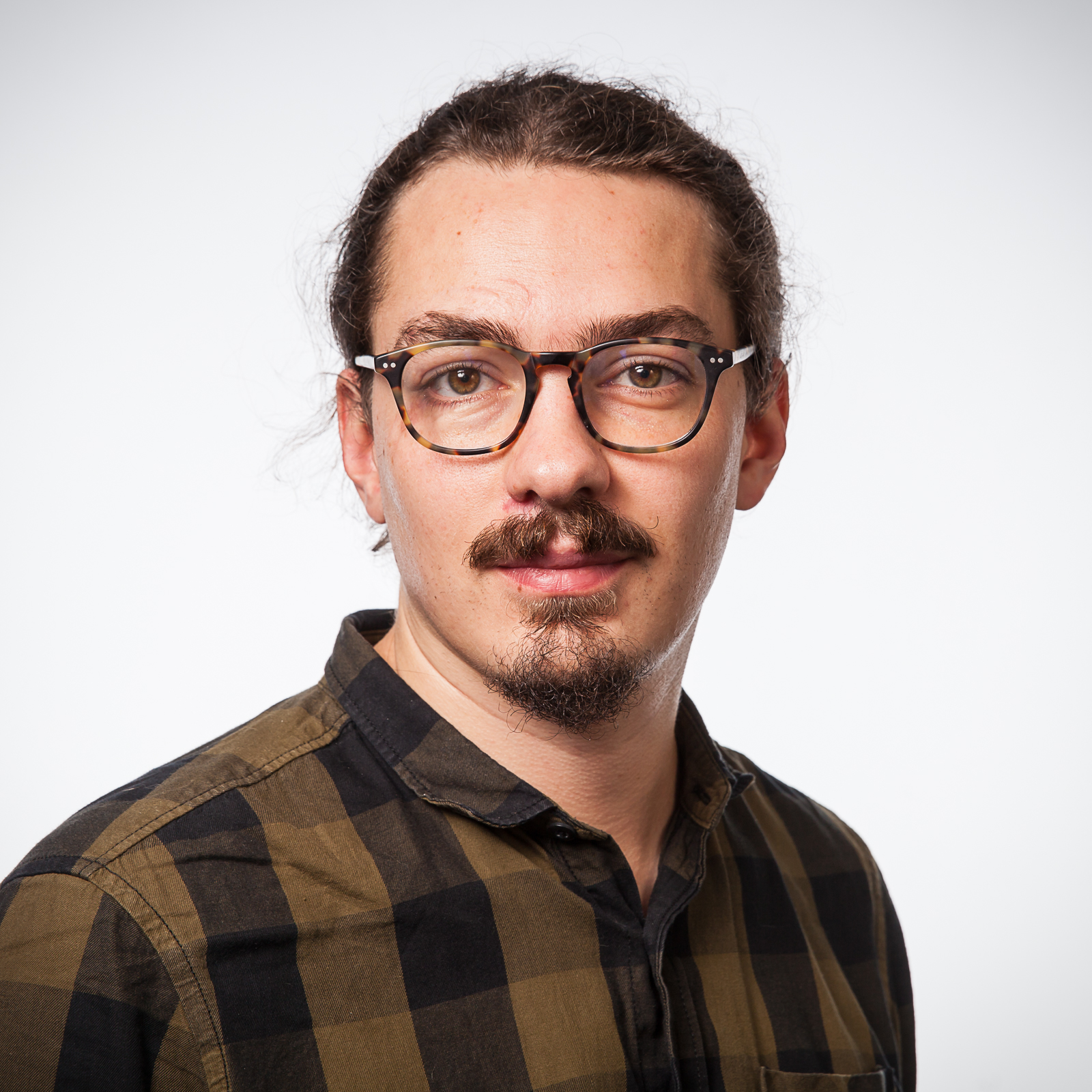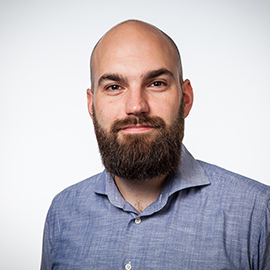How to Expand and Contract Curved Surfaces of all Shapes
Researchers at TU Delft’s department of Precision and Microsystems Engineering (PME) have designed a dilation method that can be applied to any curved surface. This universal method may have a range of applications, including medical braces for children, expandable furniture, or aortic stents. The method was published in Nature Communication on 15 November 2019.
Making an object bigger or smaller is usually only possible by stretching it, crumpling it or changing its shape in some other way. Structures that can change their size without changing shape are called dilational. Such devices can have important applications in engineering and medicine – think stents placed in human arteries, for example. Current dilational mechanisms are limited to very few shapes, mostly spheres or sphere-like surfaces. A well-known example is the children’s toy based on Hoberman’s sphere, where the joints fold into the centre of the ball as it contracts. Such mechanisms have the disadvantage that the parts that enable the object to expand and contract, move at an angle, usually perpendicular to the surface of the object. This means that as the object changes shape, the mechanical parts either stick out or protrude into the enclosed volume. That is far from ideal for many applications; it would hamper the flow of blood in the case of aortic stents, for example.
Triangulation + pantograph = dilation
Freek Broeren and Werner van de Sande, researchers at TU Delft’s department of Precision and Microsystems Engineering (PME), have designed a dilation method that can be applied to any curved surface. For this, they used triangulation, the visualisation of a curved object by means of triangles placed all over the surface. Triangle meshes are an often-used, computation-efficient way to represent 3d structures in computer graphics. They combined this 21st century ingenuity with the 17th century pantograph: a device first attested in literature in 1653, made of four bars fixed at one point and pivoted at the others. It is used to scale up drawings, for example. Broeren and Van de Sande used the concept of the skew pantograph, a specific mechanism that can be used to scale triangles.
“The first step in our method is to triangulate the surface of the object”, explains Broeren. “Next, a tiling algorithm replaces each of the triangular faces by pantograph mechanisms in such a way that collisions are avoided when scaling. This makes it possible to scale any surface with one degree of freedom, meaning the movement takes place in the same plane as the object surface. Theoretically, we can scale structures from their fully expanded configuration down to a single point.”
Applications
Broeren and Van der Sanden applied their strategy to several examples, including the Stanford bunny, a commonly used test models in computer graphics that was developed in 1994 at Stanford University. They also proved that their method can be applied to any surface. Applications may include medical braces that can expand for growing children, implants that need to accommodate some motion but maintain their shape, such as aortic stents, or even expandable furniture.
TU Delft - Creation of dilational surfaces
Their finding also has bearing on their own research. Werner van de Sande is researching exoskeletons that could enable disabled people to move. “These passive exoskeletons have to be compact and remain close to the body during movement. Adding scaling to the surface gives us more design freedom to meet that requirement”, explains Broeren. He himself works on design methods for medical meta-materials. “You can create all kinds of material properties by combining hard and soft materials. However, there are no design methods for this yet. That is why I am looking at the underlying mechanics.”
More information
Nature Communication: ‘A general method for the creation of dilational surfaces’, Freek G. J. Broeren, Werner W. P. J. van de Sande, Volkert van der Wijk & Just L. Herder
Contact: Freek Broeren, <link en departments precision-and-microsystems-engineering-pme people junior-research-staff broeren-freek>homepage


